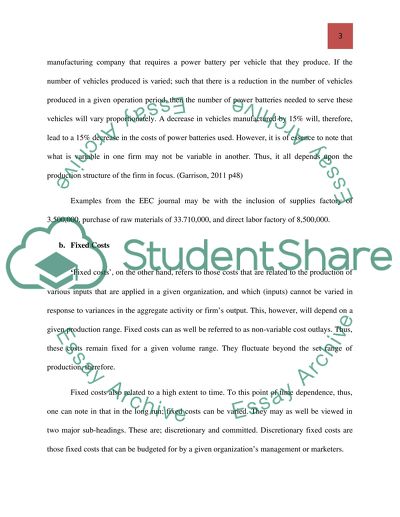Cite this document
(“Understanding of the Different Kinds of Cost: Variable, Fixed, and Research Paper”, n.d.)
Understanding of the Different Kinds of Cost: Variable, Fixed, and Research Paper. Retrieved from https://studentshare.org/finance-accounting/1437914-understanding-of-the-different-kinds-of-cost
Understanding of the Different Kinds of Cost: Variable, Fixed, and Research Paper. Retrieved from https://studentshare.org/finance-accounting/1437914-understanding-of-the-different-kinds-of-cost
(Understanding of the Different Kinds of Cost: Variable, Fixed, and Research Paper)
Understanding of the Different Kinds of Cost: Variable, Fixed, and Research Paper. https://studentshare.org/finance-accounting/1437914-understanding-of-the-different-kinds-of-cost.
Understanding of the Different Kinds of Cost: Variable, Fixed, and Research Paper. https://studentshare.org/finance-accounting/1437914-understanding-of-the-different-kinds-of-cost.
“Understanding of the Different Kinds of Cost: Variable, Fixed, and Research Paper”, n.d. https://studentshare.org/finance-accounting/1437914-understanding-of-the-different-kinds-of-cost.


